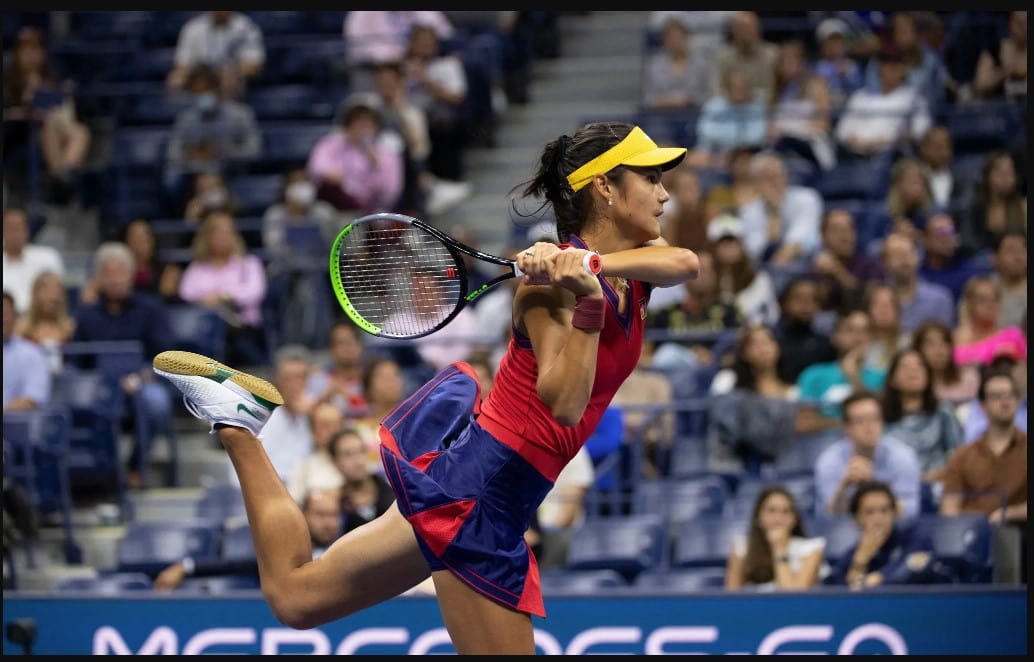Introduction to the tournament rankings nyt
You’re not alone if you’ve ever been glued to the New York Times crossword puzzle.
For countless enthusiasts, tackling these clever clues is more than just a pastime—it’s a competitive sport. One of the intriguing aspects of this community is the tournament rankings associated with it.
These rankings can spark excitement and sometimes heated debates among players.
But what’s behind those numbers?
How are they determined, and why do they matter?
Understanding tournament rankings in the NYT crossword world opens up a fascinating layer beyond simply solving puzzles.
Whether you’re an aspiring champion or just curious about how your favorite puzzlers stack up against each other, this exploration into tournament rankings will shed light on their significance and evolving nature within this beloved game.
So grab your pencil, and let’s dive into the intricacies of crossword competition!
History of Tournament Rankings
The history of tournament rankings in the NYT Crossword community is rich and intriguing. It dates back to when competitive puzzle solvers began organizing contests. Early rankings were informal, based on regional competitions or local clubs.
As interest grew, so did the need for a standardized system. In the late 1990s, formal tournaments emerged. They established rules that allowed participants to be ranked accurately according to their performance.
By the early 2000s, online platforms were crucial in expanding participation. Digital leaderboards became popular, allowing players from different regions to compete against each other seamlessly.
This evolution sparked debates over fairness and accuracy in ranking systems. Players questioned how factors like speed versus accuracy should weigh into their scores.
Today’s structure reflects years of adjustments and refinements by organizers and participants alike, creating an engaging environment for crossword enthusiasts everywhere.
The Current Ranking System
The current ranking system for NYT Crossword players is intricate and data-driven. It’s designed to reflect a player’s ability accurately. Points are awarded based on performance, time taken, and the puzzles’ difficulty.
Each completed puzzle contributes to a player’s overall score. The more challenging the crossword, the greater the reward when solved correctly. This encourages fans to tackle more demanding challenges.
Player rankings fluctuate frequently. New puzzles or other competitors’ performances can influence these changes. A player might rise quickly in one week only to drop down later.
Community engagement also influences these rankings. Players often share strategies and tips, fostering an environment where everyone strives for improvement while keeping competition alive.
This dynamic landscape requires aspiring top-ranked players to stay on their toes and adapt their techniques constantly.
Controversies and Criticisms
The tournament rankings in the NYT Crossword community aren’t without their share of drama. Players often argue about the transparency of the ranking system. Some feel it needs more clarity to make it easier to understand how scores are calculated.
Critics frequently point out inconsistencies in how rankings reflect actual skill levels. What seems like a minor error can lead to significant shifts in standings, leaving many players frustrated.
Another topic of contention is regional bias. Certain areas have dominant players who consistently perform well, overshadowing others and creating an uneven playing field. This has sparked debates on whether performance or sheer participation should be weighed more.
The pressure comes with high rankings, leading some players to question whether they enjoy their passion for crosswords or simply chase numbers.
Strategies for Improving Your Tournament Ranking
Improving your tournament ranking requires a blend of skill and strategy. Start by practicing regularly and familiarizing yourself with different puzzle themes and styles.
Join online communities or forums dedicated to crossword enthusiasts. Share insights, tips, and tricks with fellow players. These collaborations can expose you to new methods of solving puzzles efficiently.
Time management is vital during competitions. Learn how to pace yourself effectively while maintaining accuracy in your answers.
Consider analyzing past tournament tournaments’ puzzles to identify common patterns or clues that appear frequently. This could give you an edge in future events.
Be bold in seeking feedback from more experienced players. Constructive criticism can illuminate areas for improvement that you might overlook.
Inside Look: An Interview with a Top-Ranked Player
I had the chance to sit down with Julia Marks, one of the top-ranked players in the NYT Crossword community. Her passion for puzzles shines through her every word.
Julia spends hours daily honing her skills. “It’s like a muscle,” she explained. The more you exercise it, the stronger it gets.
When asked about strategies, she highlighted pattern recognition as key. “Once you start seeing clues differently, everything shifts.”
She also emphasized the importance of staying current on pop culture and language trends. “Crosswords evolve just like society does,” Julia noted.
Her favorite part is connecting with fellow enthusiasts online and at tournaments. “There’s an incredible sense of camaraderie among us,” she said with a smile.
As we wrapped up our conversation, I could see why she’s at the top—her dedication is truly inspiring.
Conclusion: The Future of Tournament Rankings in the NYT Crossword Community
The landscape of tournament rankings in the NYT Crossword community is evolving.
As more players engage with competitive puzzles, a greater emphasis on transparency and fairness emerges. This shift could lead to new ranking systems that prioritize skill over popularity.
Innovations in technology also play a role. With advancements in data analysis, we might see real-time updates to rankings based on player performance.
This could foster an environment where everyone can access their standing and track improvements more effectively.
Community feedback continues to shape the tournament structure. Engaging with players about what they value most will be crucial for future developments. A system that reflects the true abilities of its participants will likely gain traction.
As we look ahead, it’s clear that tournament rankings will remain a central part of the NYT Crossword experience. The excitement around competitions indicates strong support from seasoned veterans and newcomers alike.
All these factors suggest that while challenges exist, this vibrant community has significant potential for growth and improvement.
